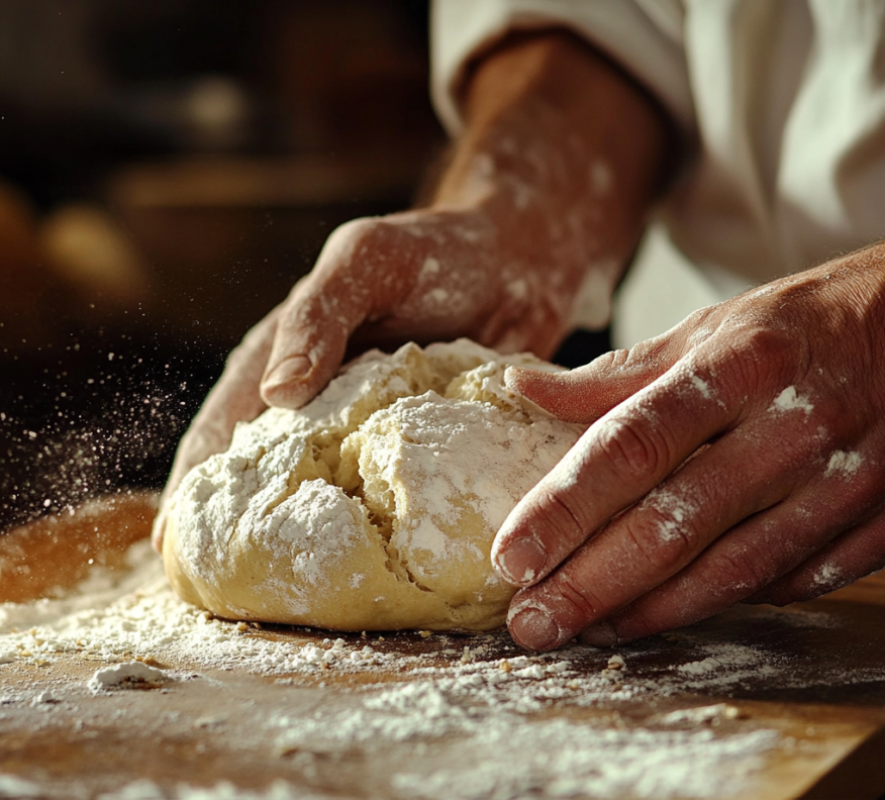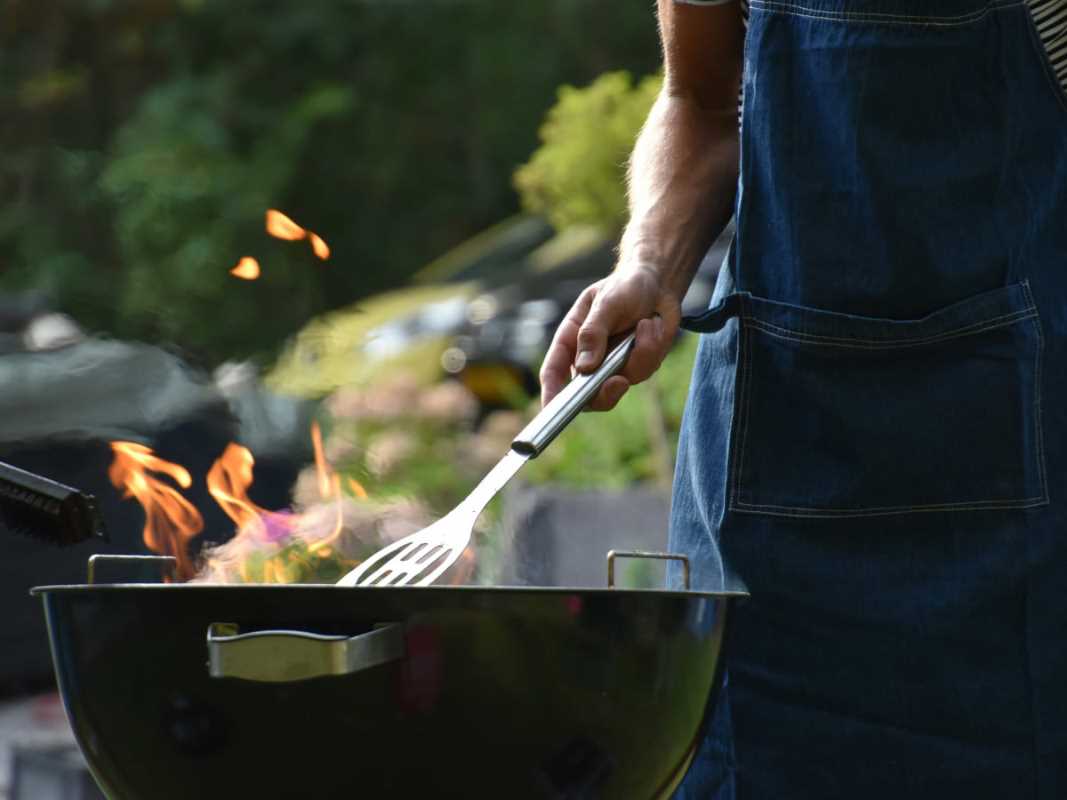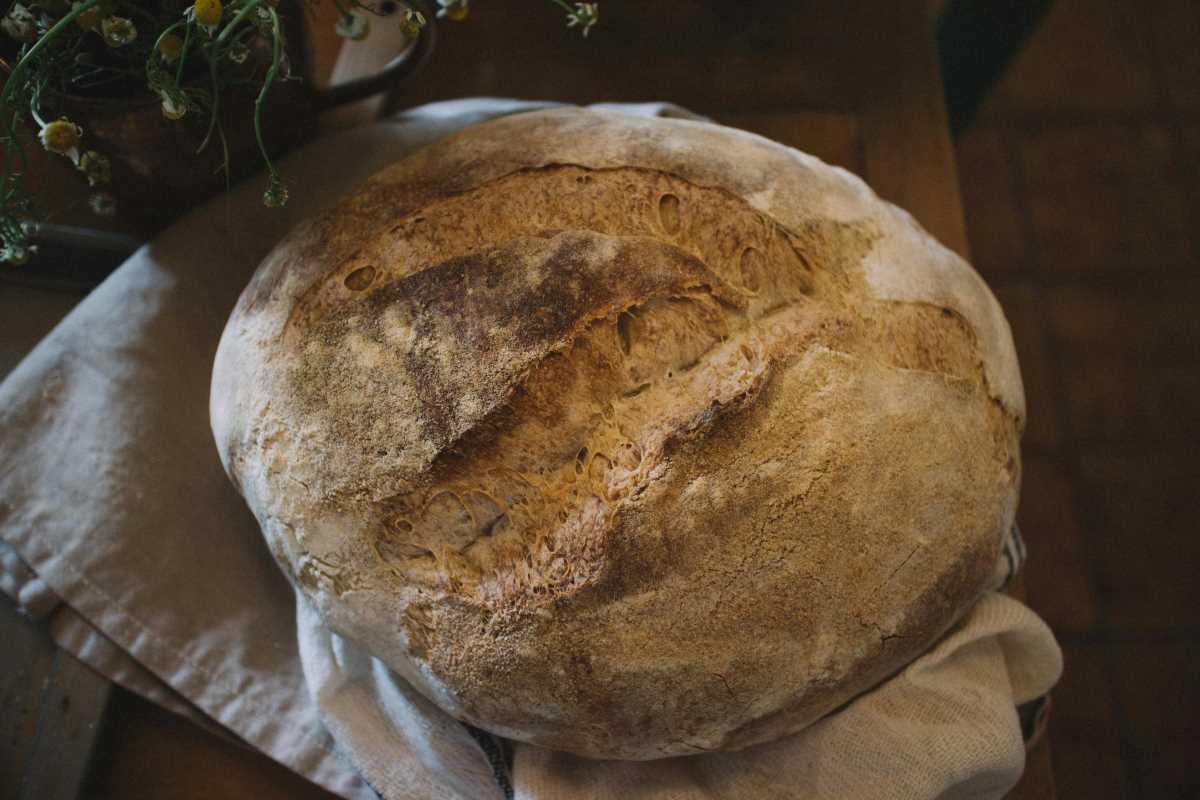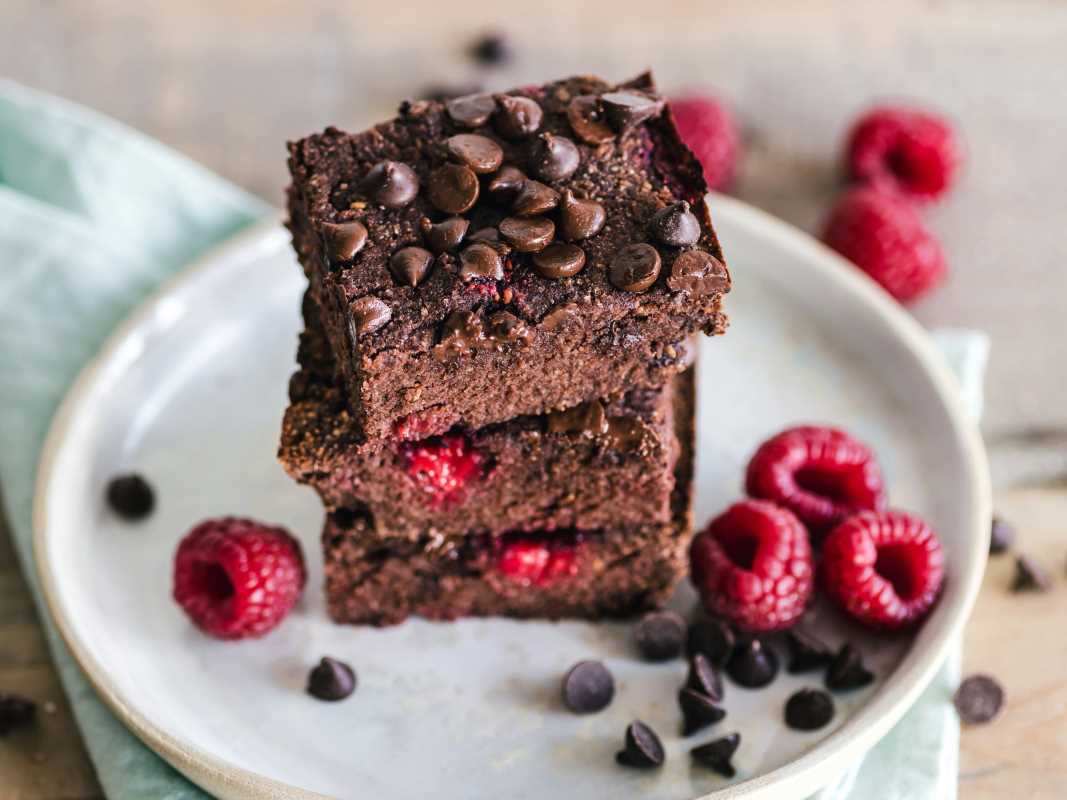Warm kitchens around the world invite us to discover the rich aromas and stories that rise from age-old dough. Each time we shape or bake breads with recipes passed down through generations, we touch the history and creativity of those who came before us. Traditional breads and pastries—whether twisted by hand, carefully layered, or baked on a hearth—carry the flavors and memories of distinct regions, climates, and gatherings. We uncover the meaning behind rituals and celebrations as we watch dough rise and crusts turn golden, finding connection in the simple act of baking. These enduring methods fill our homes with both delicious scents and a sense of belonging to something much larger than ourselves.
Fresh Perspectives on Global Baking Traditions
More than recipes, artisanal methods reveal how cultures shape food as their identity and expression. From damp coastal climates coaxing tangy sourdough to sun-baked ovens yielding crisp skewered loaves, each approach uncovers an intimate dialogue between ingredient and environment. By tracking moisture content, fermentation rhythms and heat profiles passed down through generations, we glimpse how everyday bakers engineered subtle flavor shifts long before modern tools entered kitchens.
Exploring diverse baking techniques sheds light on how simple grains turn into regional treasures. Even when ingredients overlap—like wheat in Anatolia and Oaxaca—artisans adjust hydration percentages and resting schedules to produce different textures: pillowy crumb, flaky layers or crackling crispness. These layered variations encourage home cooks to reimagine staples through the lens of ancient know-how.
Hands-On Guidance for Traditional Baking Essentials
Below, you’ll find structured pointers for mastering foundational methods that establish traditional baking in any kitchen setting. These insights go beyond generic advice, offering specific tool suggestions, constraint awareness and insider notes.
- Use a clay baker for crisp crusts: This unglazed vessel retains moisture while driving intense heat toward dough surfaces, producing crackling exteriors without drying interiors. 1. Soak the baker in water for 20 minutes before placing dough inside. 2. Preheat in the oven at 250°C (482°F) for 30 minutes. 3. Carefully transfer proofed dough onto the preheated surface using parchment. 4. Bake covered for 20 minutes, then remove lid to brown for an additional 10 minutes. Typical pottery versions cost between $30 and $60 and ship mainly from Mediterranean suppliers. Insider tip: Season your clay baker with a thin oil coating between bakes to prevent sticking and extend its lifespan.
- Master a couche for artisan baguettes: This heavy linen cloth supports elongated dough while maintaining hydration and structure, preventing collapse or unnatural flattening. 1. Dust the linen generously with rice flour before placing slipped dough segments. 2. Fold cloth edges between dough pieces to create gentle barriers. 3. Proof at room temperature for 45–60 minutes, then invert onto a peel for scoring. Prices range from $20 to $35; most high-quality versions ship globally but handle with care to avoid tearing. Insider pro-tip: Store your couche damp and chilled to keep humidity ideal during proofing.
- Use a steam injector to add bakery-style loft: This built-in or aftermarket oven tool blasts moisture into the chamber during the first baking phase, boosting oven spring and crust color. 1. Install the injector according to your oven’s manual, ensuring a tight seal to prevent steam loss. 2. Place loaves on a preheated stone, then trigger three rapid bursts of steam within the first five minutes. 3. Seal vents afterward to maintain crisp outer layers. Costs vary from $100 to $250, often limited to professional or prosumer ovens. Caveat: Excessive steam can oversaturate surfaces, so calibrate bursts carefully to your oven’s volume.
- Choose heritage grain blends for more depth: Milled from ancient wheat strains like einkorn or emmer, these flours deliver nuanced flavors and resilient gluten structures. 1. Combine 50% heritage flour with 50% high-protein modern wheat for predictable rise. 2. Increase water by 5–10% to accommodate absorbency differences. 3. Adjust kneading time by two minutes to strengthen dough cohesion. Expect to pay $15–$25 per five-pound bag, available through specialty mills or co-ops. Pro insight: Store heritage flours in airtight containers in the freezer to preserve volatile oils and prevent rancidity.
- Use a banneton for shaping and scoring: Woven baskets create distinctive ring patterns while supporting round or oval dough. 1. Dust generously with rice or wheat bran before settling dough. 2. Cover dough in banneton for final rise according to recipe. 3. Unmold directly onto peel or skillet for crisp bottoms. Standard models cost $15–$30 and ship worldwide; choose willow fiber bannetons for better breathability. Pro tip: Flip a banneton-lined dough onto a perforated baking tray if you lack a peel—perforations help steam escape evenly.
Regional Flour and Grain Varieties
Wheat flour varies significantly when cultures adapt grains to local climates and tastes. Many kitchens blend several types to fine-tune elasticity and flavor. Below are common options:
- Durum semolina: Adds a firm chew; ideal for flatbreads and rustic loaves.
- Teff: Imparts earthy notes and high protein; used in injera batter and gluten-free mixes.
- Rice flour: Provides a light crumb in moist, sweet pastries; often mixed with tapioca for crispiness.
- Spelt: Enhances nutty aromas; needs gentler kneading to prevent overworking.
- Barley: Yields soft crust and golden hue; complements malt extract in braiding recipes.
Experimenting with these grains reveals surprising synergy when you balance hydration and fermentation timing to match local water mineral content and yeast performance.
From Home Ovens to Wood-Fired Hearths
Switching to wood-fired baking requires managing real-time temperature shifts and learning how embers and radiant heat affect your loaves. Trial bakes help fine-tune timing, peel technique, and ember placement.
Working with ash and smoke adds character, while sweeping coals and adjusting bake times create subtle flavor variations.
Each loaf becomes a lesson, linking modern bakers to age-old traditions and the enduring craft of making bread from fire and flour.







